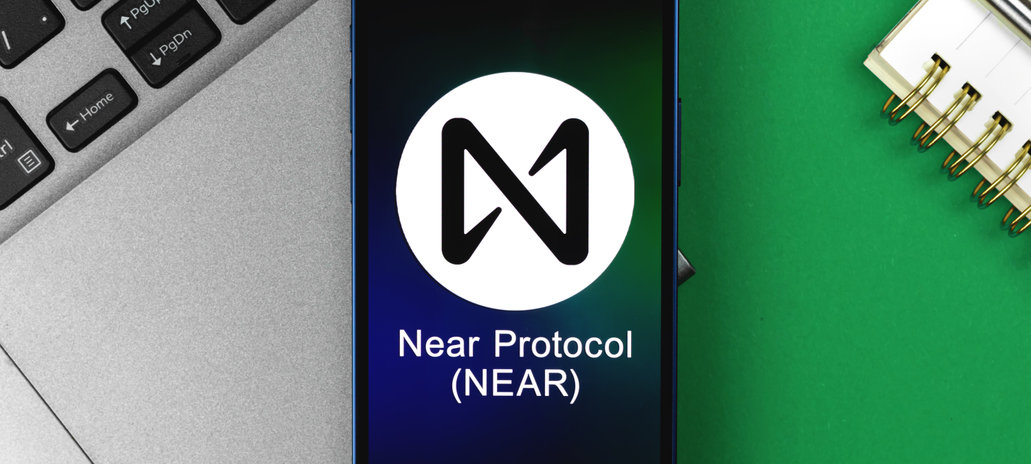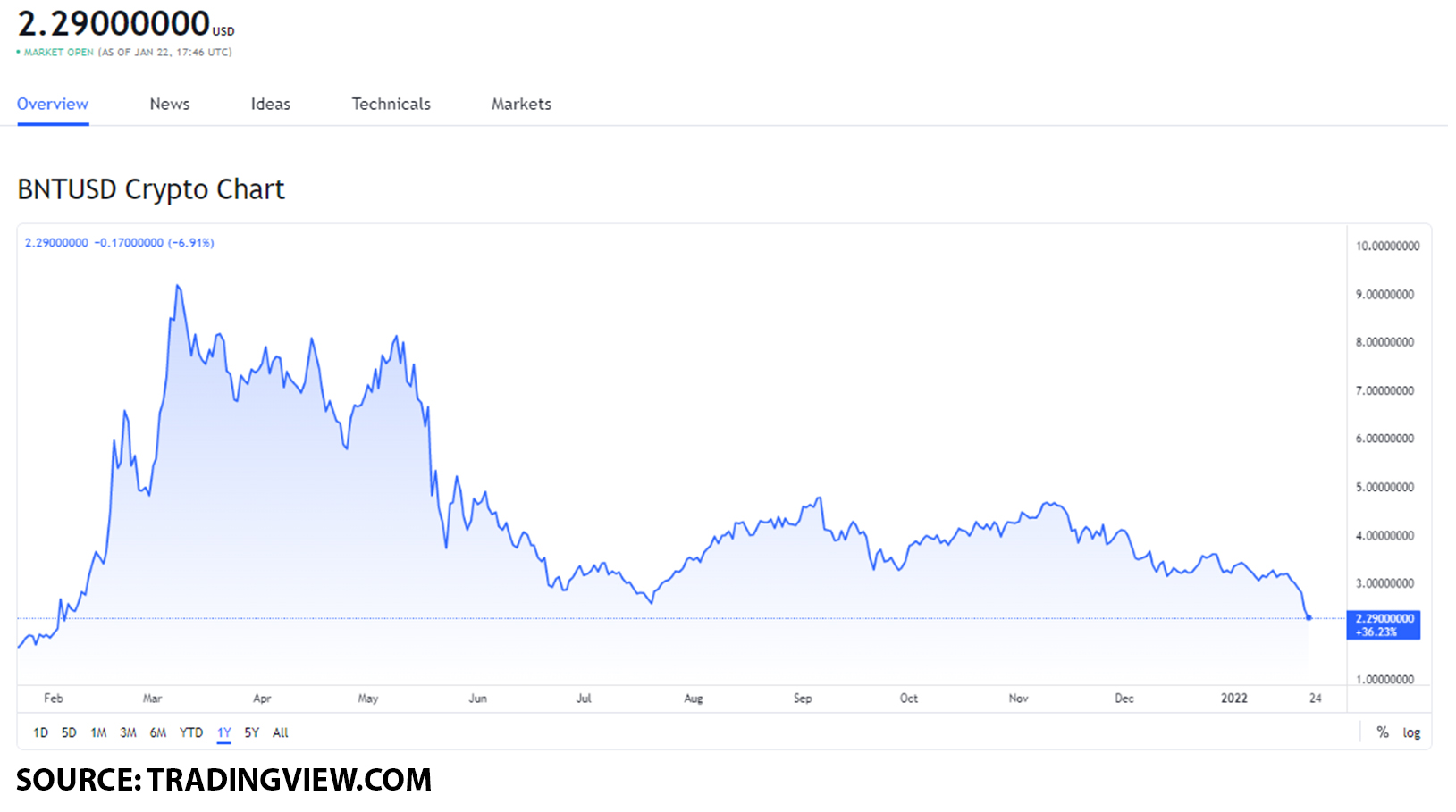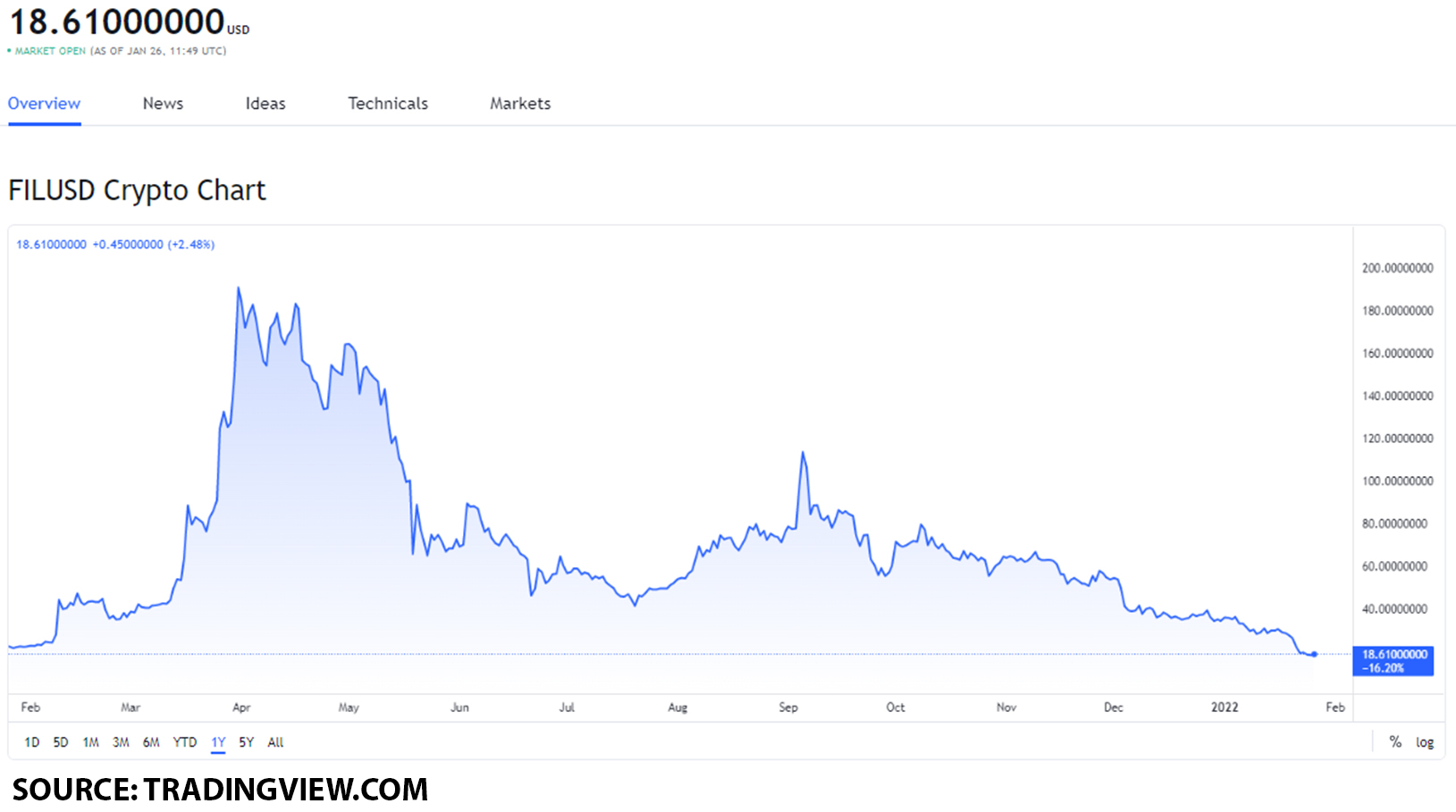
The instability of cryptospace has made it easier to acquire wealth in the 21st century. All you have to do is simply invest at a low value and raise your profits to the highest level, but we both know it can’t be that easy. Regardless, you are already looking for a coin that you can buy from more than 10,000 cryptocurrencies on the market and plan your retirement. Luckily you managed to get to the list.
But stay away from those coins on your list. You should be interested in the NEAR protocol. So think about these five reasons before you take the big step. Before that, let’s take a look at the basics of Near Protocol.
PROXIMITY protocol is a third-generation blockchain launched in 2017 by Alexander Skidanov and Illia Polosukhin. Initially, it was a machine learning platform. Now it’s a network that rewards computers for running the platform. It was created to speed up transaction rates, increase throughput and help with compatibility.
It is the basic layer on which decentralized applications can be created. Compared to other blockchains, it is sustainable, interoperable, secure, cost-effective, user-friendly and pragmatic. The goal of the NEAR protocol is to revolutionize systems and influence how users use the Internet in general.
1. The NEAR Protocol is accessible and useful
The NEAR Protocol is a decentralized community-led platform that supports the development and operation of dApps. It is a decentralized database and a computer platform without a server. It has made it easier for engineers and innovators to create a variety of products, while also serving a group of users. It extends the reach of Open Finance and paves the way for Web 3.0.
The NEAR protocol will allow the creation of user-friendly applications that would require little or no permission to use. NEAR is based on a usability approach in the first place. This means that applications created on the network would mirror those on online platforms while providing security. It would be easy to include projects and easy to order, with predictable prices and usage styles that users are familiar with.
In fact, both users and developers will experience the flawlessness of the platform. It would be easier to create accounts with domain names that everyone could understand. He eliminated the need for the Ethereum naming service.
For developers, creating and deploying applications has been simplified. They can use JavaScript, Rust and AssemblyScript software development kits. They would also have a search tool from the NEAR Explorer platform.
2. The NEAR Protocol shall use fragments of its data
The NEAR protocol uses a partitioning approach that allows it to share its data. This improves its scalability, making it perform multiple transactions. This approach is called Nightshade. It allows the network to grow as the number of nodes increases.
Sharding allows each node to store a small subset of platform data. Due to the high use of the network, it divides computer work into nodes. These nodes manage the data processing and add the resulting information to the main chain. This improves network security as potential failure points are reduced because each node controls part of the network.
It would also help solve the blockchain trilemma. In addition to distribution, he developed a dynamic redistribution. This regularly and dynamically adjusts the number of particles according to user requirements. This increases the transfer of transactions and reduces transaction costs.
Unlike other blockchains that use this approach, all particles are part of the main chain. It also has a Doomslug. This allows validators to generate blocks one at a time, once per epoch based on their share. It takes about one second to create a block.
3. The NEAR protocol uses an environmentally friendly unanimity algorithm
Unlike pioneering blockchains, the NEAR protocol uses a specialized Thresholded Proof-of-Stake algorithm. This makes it more decentralized, as it allows node operators to interact with the network illegally. It eliminates the pooling of validator powers and allows for the ubiquitous cooperation of node operators. It provides fair and predictable consent.
This encourages growth as more nodes could join. It also enables developers and innovators to make money with their projects. It awards a fee to the contract when it is created, and the developer can withdraw it.
Unlike other evidence of a role, delegated tokens are not lost when the validator is cut for malicious behavior; only the reward is lost.
4. The NEAR protocol has bridges
Blockchains improve their interoperability by creating links with other blockchains. The NEAR protocol has several bridges for this purpose. It has become compatible with the Ethereum virtual machine via the Aurora Bridge. This makes it easy for developers to download their apps to the fast, cheap and scalable CLOSE.
He also worked with Terra to bridge Terra’s property with a platform. It also has the Rainbow Bridge, which supports the transfer of funds between NEAR and Ethereum. In addition, there is the Octopus network, a network that allows interoperability with blockchains such as Bitcoin, Polkadot, Cosmos and so on. It would thus be compatible with NEAR-based tokens and the Inter-Blockchain Communication protocol.
These bridges increased the flow of transactions in January 2022 (721,061).
5. The NEAR protocol has a growing ecosystem
Due to its futuristic features and community of developers, it has witnessed the exponential growth of its ecosystem in the last two months. It is currently ranked the third fastest growing platform for developers. He plans to combine the creativity of his community with precise decisions and execution. He also hopes to help quickly improve his protocol through community oversight and input.
Its goal is to provide a platform for the birth of the Web 3.0. The Flux, Mintbase and Paras protocols are some of the popular projects in the ecosystem.
Final note
Investing in the NEAR protocol would mean buying his NEAR home token. NEAR is used as a reward for node operators and validators. It is used to pay for transactions, launch applications, and reserve storage units for applications. It is also burned as a deflationary measure. If you want to get more NEAR, you can insert, participate in prizes, win the NEAR hackathon, lead a community, create online or be an active member of the community.
As of today, NEAR is in 22nd place with a market capitalization of $ 8.5 billion. It currently costs $ 13.77, and in January 2022 it peaked at $ 20.44. Of the 1 billion total supply, 618.4 million is currently in circulation. It is currently traded on Binance, MEXC Global and Huobi Global.
If you can already imagine the world of Web 3.0, then get some CLOSE without hesitation. However, the decision is yours; in the end it would be your loss or gain. As always, this is not financial advice. Research and act wisely.





